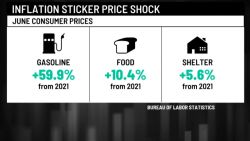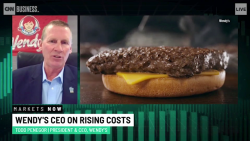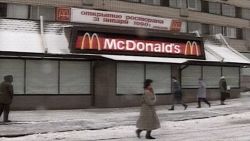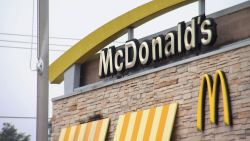Food prices are still on the rise, but some relief may be on the horizon.
In the 12-months ending in June, overall food prices rose 10.4%, the biggest annual increase since February 1981, according to data released Wednesday by the Bureau of Labor Statistics.
Grocery prices jumped 12.2% in the year ending in June, not adjusted for seasonal swings. In that period, nearly every individual item got more expensive, with some categories seeing dramatic increases. Eggs spiked 33.1%, flour jumped 19.2% and chicken went up 18.6%. Milk got 16.4% more expensive, and fruits and vegetables were 8.1% pricier.
Restaurant menu prices grew 7.7% in that time period.
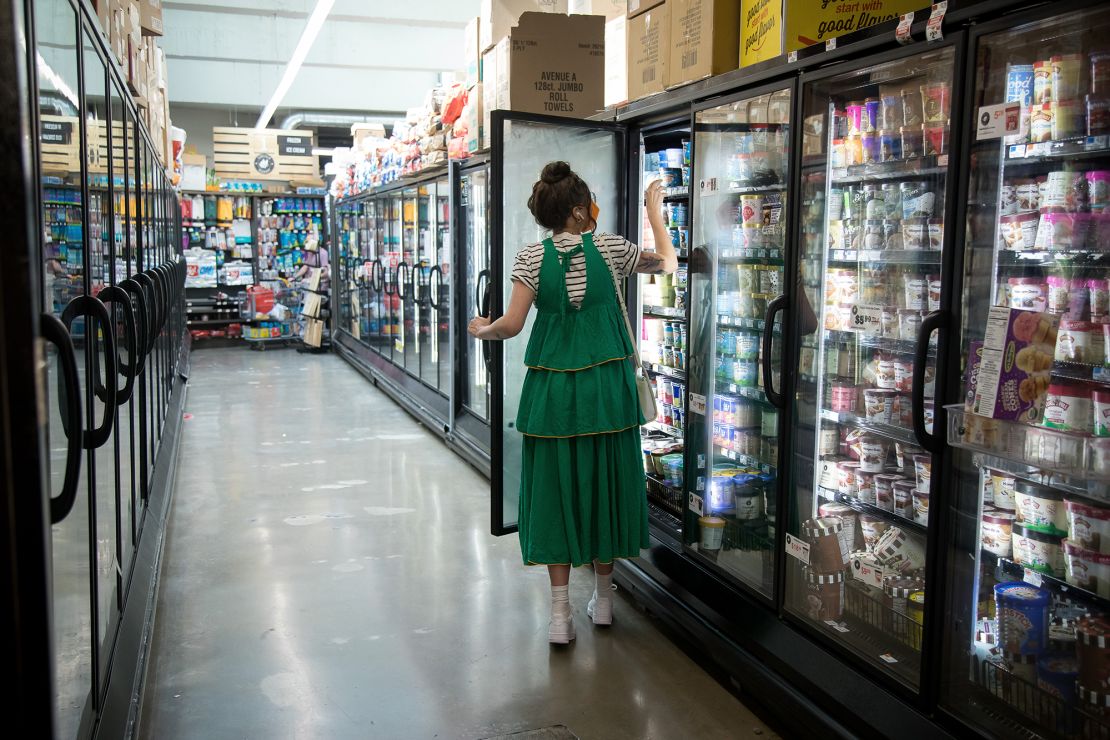
Prices have been rising across the board this year, and inflation surged to a new pandemic-era peak in June, with US consumer prices jumping by 9.1% year-over-year. The June increase was largely caused by a jump in gasoline prices, which were up nearly 60% from the year before. Americans saw record-high gas prices last month, with the national average topping $5 a gallon.
When it comes to food, an “unfolding avalanche of problems” has led to higher prices, said Rob Fox, director of the knowledge exchange division at CoBank, which provides financial services to agribusinesses.
To name a few: Tight milk supplies contributed to a surge in some dairy prices. Avian flu has been hiking up the cost of eggs. Commodities such as wheat and corn were driven up by bad weather and the war in Ukraine. Add to that higher wages and packaging costs, and you get highly elevated food prices.
What changed in the grocery store in May
From May to June, adjusted for seasonal swings, a number of grocery items got more expensive.
Flour prices jumped 5.3%. Butter got 4.8% pricier and margarine went up 6.8%.
Fresh biscuits, rolls and muffins popped 3.5%, while fresh-baked cakes and cupcakes rose 2.9%. Shoppers looking to satisfy their dessert cravings had to pay more in the frozen aisle, too — ice cream got 4% more expensive and frozen and refrigerated bakery products got 2.9% pricier. Sugar rose 2.1%.
But there was some relief at the checkout counter, especially in the meat department. Beef and veal prices fell 2.3%, pork dropped 1.6% and bacon went down 1.9%. Hot dogs were an outlier, however, getting 4.5% more expensive.
In the fresh produce section, citrus fruits took a 4.5% dip.
What happens next?
But there are signs that prices could start to fall.
“My prediction is that we are right now at peak inflation at the consumer level,” Fox said. Partially that’s because food producers’ input costs, which were trending upward last year, peaked earlier this year and have been falling, he said.
Plus, consumers may start restricting their purchases or choosing lower-priced options when possible, cutting demand and — eventually — leading to lower prices.
Preliminary survey data released by the University of Michigan last month showed that consumer sentiment slumped to a record low between May and June, suggesting that some shoppers may begin to change their spending habits.
If prices do start to fall, it won’t happen right away, Fox noted, saying it could take another six to nine months for prices to decline. Even then, he doesn’t expect price tags to dip below the levels seen this time last year.
— CNN Business’s Lucy Bayly and Alicia Wallace contributed to this report.


